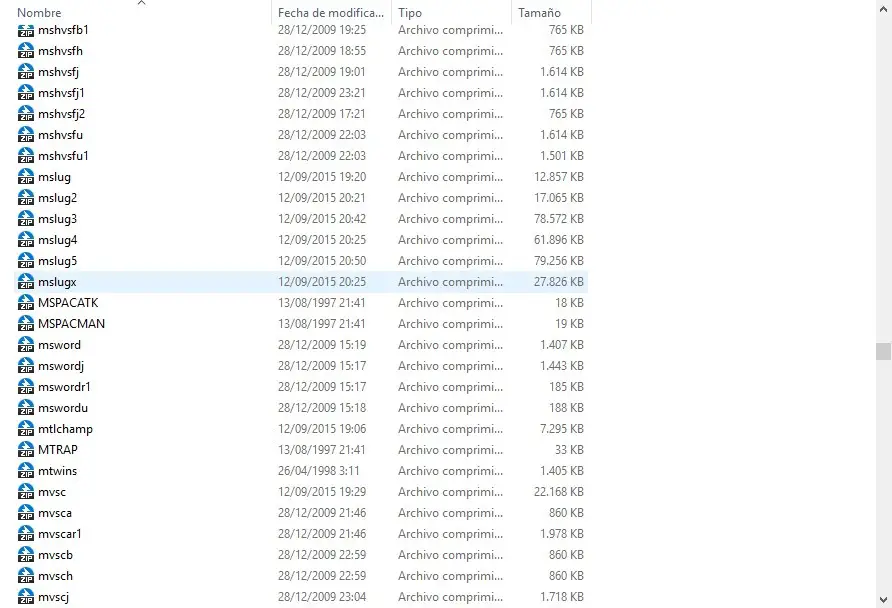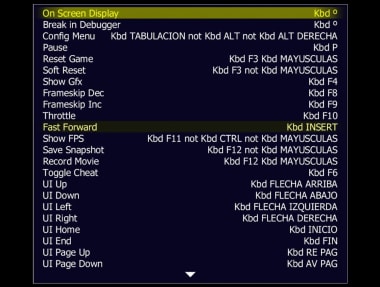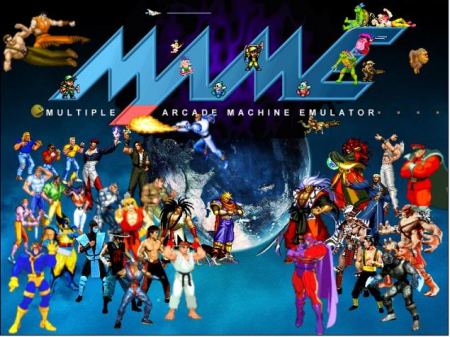
- #WHERE DO YOU PUT MAME BIOS FILES INSTALL#
- #WHERE DO YOU PUT MAME BIOS FILES FULL#
- #WHERE DO YOU PUT MAME BIOS FILES MAC#
- #WHERE DO YOU PUT MAME BIOS FILES WINDOWS#
This menu can also be accessed via right-clicking on the LAUNCH button. ::>Ī quick-launch selection set of all assigned presets and known compatible presets will appear in a dropdown menu The ROM currently in ROM-List will be launched by the emulator/core in the EMU-List.

These are pre-packed with many options and arguments, however spaces should be observed when plugging in your own switches. The switches toggle will expose options & arguments fields for emulators. Right-Click on this dropdown to configure it. This can be filtered to display only detected and created systems. System Lists contain any folders found in the Systems ROOT directory and any systems which have beenĪppended by the user. The folder/playlist toggle will toggle this dropdown between playlist files and the current system libraries. Users who do not wish to alter retroArch's history file should disable this option. SkeletonKeY can use retroArch's history file to record its' own launched ROMs. The history file and playlists can be read by retroArch and can share these interchangeably.

Additionally the history file and playlists created by skeletonKey store the emulator or core assigned to it. The history file contains a list of the ROMs launched by skeletonKey.
#WHERE DO YOU PUT MAME BIOS FILES WINDOWS#
Temp/Cache Directoryīy default, the temp/cache directory is set to windows temp folder "%temp%". SkeletonKey can try to rename folders in the Systems Directory to the recognized nomenclature supported by skeletonKey (no-intro)Įnabling this will allow SkeletonKeY to list only recognized folder-names in the Systems Directory. Upon assigning a directory to the Emulators Directory, skeletonKey will search subdirectories for previously installed known emulators notĬurrently identified or manually assigned. Jackets and frontends deployed by skeletonKey can be populated with ROMs categorically stored beneath the systems directory.īy default, all emulators will be installed to the Emulator Directory. Systems follow the no-intro naming nomenclature wherever possible.


Instead of double-clicking the App to open it, locate OpenEmu in your Applications list, hold down the Control key on your keyboard and then click OpenEmu.
#WHERE DO YOU PUT MAME BIOS FILES INSTALL#
zip file and drag the App to your Applications folder to install it.
#WHERE DO YOU PUT MAME BIOS FILES MAC#
Here’s how you can play MAME ROMs on your Mac – I thought I’d see if you could play them in macOS, and sure enough it’s actually quite straight forward.
#WHERE DO YOU PUT MAME BIOS FILES FULL#
Today I stumbled across an old CD I have full of MAME ROMs. This guide will take you step by step through the process of setting up your Mac so that you can play MAME ROMs (games) on it.


 0 kommentar(er)
0 kommentar(er)
